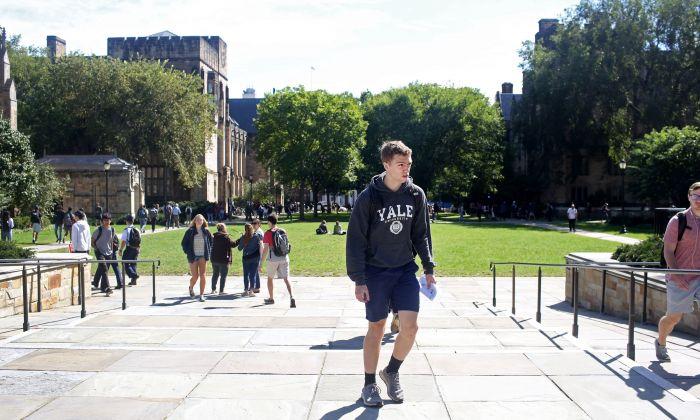Colleges students in Connecticut might not be able to return to their campuses without adequate testing, according to the latest recommendations given to Gov. Ned Lamont by the state’s reopening task force.
“Look, education is so key to our state,” he said. “It’s a $10 billion industry ... an important economic driver and a key to the future of our state and our country.”
The Reopen Connecticut task force warned Lamont, however, that students might not be able to safely return to most campuses unless large-scale, continuous CCP virus testing is available.
“If residential colleges and boarding schools reopen in the fall, we estimate that between 200,000 and 300,000 tests will be needed in late August/early September, with additional quantities needed over the course of the fall semester, as determined by public health guidance,” read the report.
Connecticut’s health department showed that more than 108,000 tests had been conducted in the state so far, and there have been nearly 30,000 confirmed cases and over 2,500 deaths. Over the past two weeks, the state reported about 2,800 testing results each day.
“Our best advice is that colleges and universities should be flexible and plan for both contingencies: a full or partial physical reopening and an alternative scenario where teaching and learning continue to take place online,” reads the report, noting that there won’t be a one-size-fits-all solution for all schools, and the state should let the schools develop their own reopening plans.
“Each institution must have a plan for repopulation of the campus, a plan for monitoring health conditions to ensure detection of infection, a plan for containment to prevent spreading of the disease if infection is detected, and a plan for shut down if infection cannot be contained,” said the advisory group.
Under Lamont’s plan, Connecticut could see the return of college research programs in the next two weeks. Workforce development programs in community colleges, as well as non-residential clinical and laboratory courses that are required for degree completion, could be back in session in June. Other nonresidential educational programs, including graduate programs and some undergraduate residential programs, could start by mid-July. At the beginning of September, undergraduate residential institutions could start to reopen.





